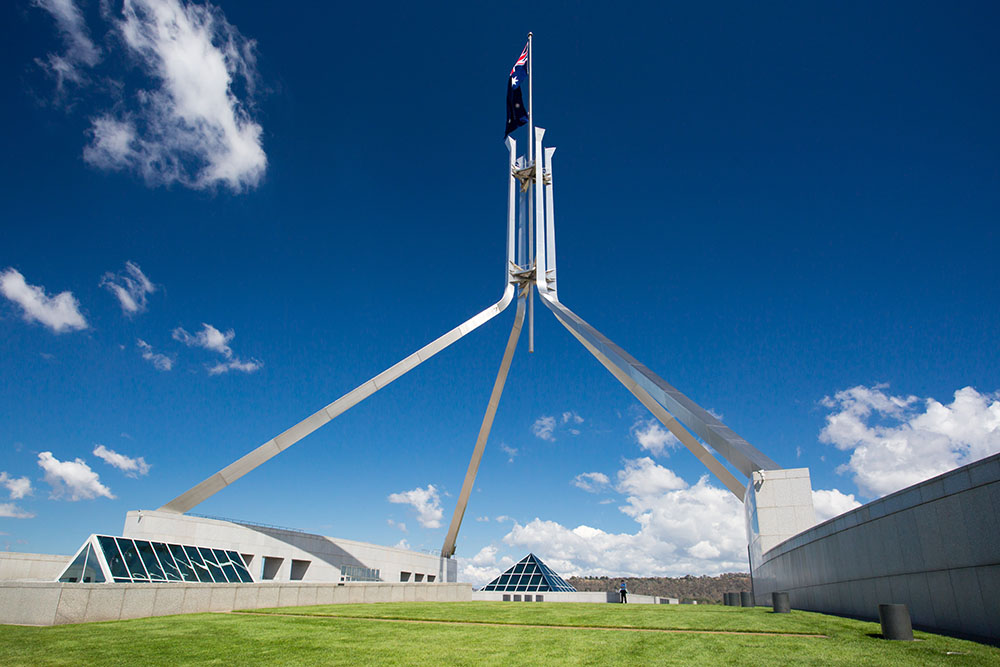The Albanese Government’s announcement of a $2 billion expansion in critical minerals funding is good news for Western Australia’s mining and resources sector and will allow a broader range of projects to bid for financial support under the Critical Minerals Facility.
The Chamber of Minerals and Energy of Western Australia (CME) today welcomed its advocated position for a top up to the fund, which now brings total available funding to $4 billion; however, reiterated its call for a concerted effort to ensure the removal of barriers to bring projects online through a material reduction in approval timeframes.
CME’s Chief Executive Rebecca Tomkinson said Western Australia was already a world leading jurisdiction for the upstream production of critical and battery minerals globally, a factor that would continue to increase in importance to our nation’s trading partners.
“But Australia is a high-cost environment by international comparison, and state and federal policy initiatives and financial support are essential to ensure Australia is well positioned to meet the global demand for our critical and battery minerals to support the transition to net zero,” she said.
“With a rich natural endowment and strong environmental and social governance credentials, WA’s mining and resources sector can and should be a pivotal player in Australia’s sovereign and economic decarbonisation ambitions.
“Western Australia already produces almost half the world’s lithium, including from the world’s largest hard-rock lithium mine in WA’s South West at Greenbushes.”
Ms Tomkinson said it was pleasing to see the Prime Minister Anthony Albanese reaffirm WA’s role in the energy transition while in the US for the inaugural meeting of the Australia-United States Taskforce on Critical Minerals, particularly as the state hosts almost all the commodities on Australia’s critical minerals list.
“The world’s pathway to net zero runs right through WA,” she said.
Ms Tomkinson said that a focus on reducing the timeframes for assessing approvals has been highlighted in CME’s Critical Minerals Position paper, and was one of impactful actions the Government could take to capitilise on the opportunities present by WA’s resources sector.
“One of the greatest impediments to large-scale infrastructure is the approvals process,” she said.
“There are already many cumbersome and drawn-out procedures are at risk of being duplicated further with significant environmental legislative changes being looked at in Canberra.
“We believe the reduction of timeframes can and must co-occur while ensuring our regulations meet the highest ESG standards. With an average lead time of seven years for a project to be shovel ready, drawn out approval timelines and regulatory uncertainty increase risk, and could make projects unviable.
“Collaboration between all tiers of government is needed to address project development bottlenecks, enhance our state’s attractiveness as an investment destination, and fully realise WA’s potential in the global critical minerals supply chain.”








